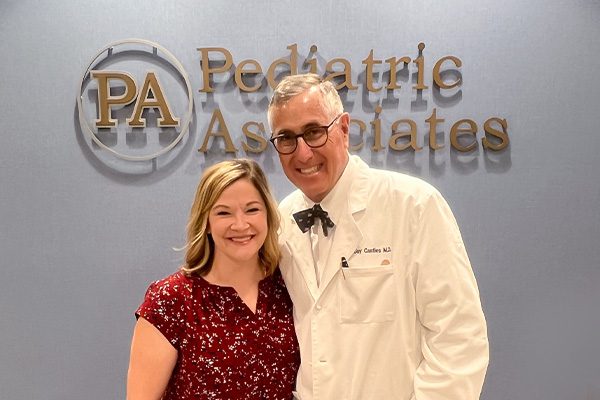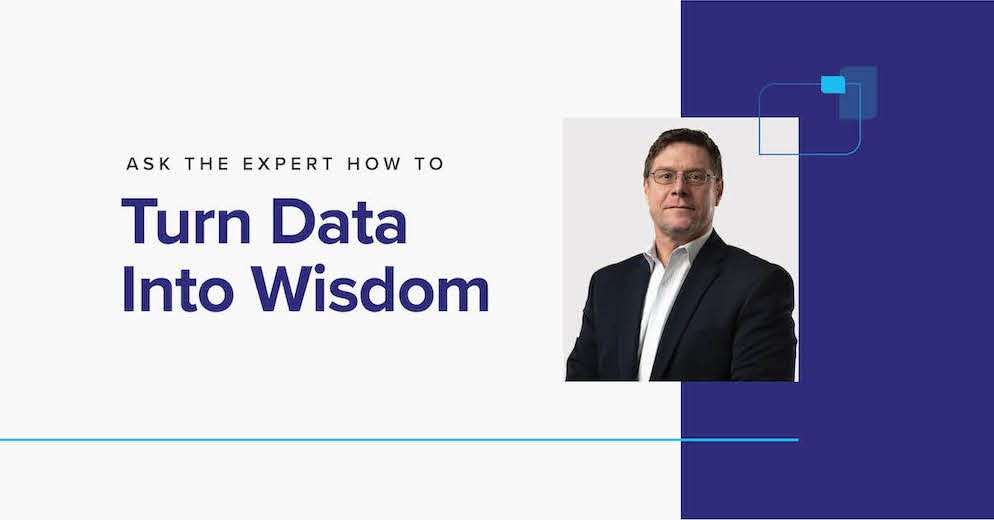Philip Eskew, DO, JD, MBA – March 19, 2020
The current outbreak of COVID-19 is presenting many unprecedented challenges for employers as they attempt to sort through— in real time— the plethora of information emerging from healthcare authorities and government officials. Proactive MD’s Vice President of Clinical Development & General Counsel, Dr. Phil Eskew, a practicing physician and lawyer, is distilling complex legal and medical information to provide an authoritative guide for employers on dealing with COVID-19 in the workplace. We hope Dr. Eskew’s findings below will bring confidence and clarity to our clients as we continue to walk alongside them in the care of their employees.
Watch for a federal stimulus package to see how it will affect your employees and organization.
This could bolster your organization’s stability and efforts to provide for employees.
The White House and Congress are working toward an agreement on coronavirus emergency stimulus packages that should describe conditions of sick leave for federal workers and provide fourteen days of paid leave for all workers. We anticipate that it will include a refundable tax credit for small employers with 500 employees or less to help offset those costs, reimbursed by IRS.
All ill employees should stay home from work – even younger and healthier employees.
Even if symptoms are mild, working while ill will increase the spread of the virus to your more vulnerable employees.
- Allowing employees to work while ill could also place you at legal risk for not looking out for general employee welfare.
- Reassure your employees that they will not lose compensation for taking this step.
- Consider preparing to support employees during the outbreak by reviewing guidance from the Department of Labor, state-specific information on Workers’ Compensation, and your company’s benefits programs.
What are the recommendations for paying ill employees who are not working?
If your employees fear loss of a paycheck, then they are more likely to try to work when ill.
- If PTO or collective bargaining agreements apply, then generally employers need to pay ill employees who are not at work.
- Generally, non-exempt employees should only be paid for the hours they actually worked.
- We expect a federal stimulus package that will help offset these expenses for employers.
- For employees requiring extra support, FMLA should also permit up to 12 weeks of unpaid time off.
We recommend you take the following steps to proactively care for your employees.
Taking care of your employees helps to protect your greatest asset.
- Make sure you have updated emergency contact information for all employees.
- Help you employees plan ahead by asking questions such as:
- Would you be able to come to work if your children had to stay home?
- Would you be able to come to work if public transportation options were limited?
- Do you consider yourself to be in a “high risk” category for COVID-19 complications? (HIPAA compliant as a yes/no question)
- Take the temperature (ideally infrared) of each employee as they enter the workplace.
- Employees with a fever over 100.4° F should be sent home to avoid potential contamination of the workplace and help keep other employees healthy (HIPAA compliant if temperature is not disclosed).
- Clean frequently touched surfaces with diluted bleach or 70% alcohol solutions per the CDC.
- Allow employees to work from home or at other remote sites when possible.
- Provide employees with masks and other personal protective equipment when needed.
If you are looking for additional resources, we recommend you start here:
The CDC has Interim Guidance for Businesses and Employers page.
Fox Rothschild (a New York law firm) has an excellent overview here.
Proactive MD is eager to serve your organization during this time to ensure you receive accurate, timely, trusted guidance as you navigate the COVID-19 epidemic with your employees. We will continue to post updated information here and proactively communicate with our clients as new information becomes available.




